Michael Ivey’s Nov. 14 letter, “Global Warming is a False Belief,” certainly wins the prize for the most “creative” climate-change denial in a long time. In fact, his blaming the entire concept on a conspiracy by an “elitist think-tank” reads like a veritable LSD-induced revelation. As someone who also has been alive since “global warming […]
Tag: environment
Showing 169-189 of 390 results
Tooth and nail: Is fluoride a boon or bane?
Everyone drinks water; everyone drinks what’s in water besides water. But what those other ingredients are is rarely discussed.
Finding the balance: Venture Local aims to nurture sustainable economies
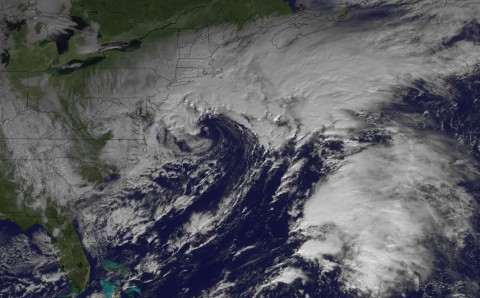
Round 2 for the Northeast U.S.: The difference between a hurricane and a nor’easter
While millions in the Northeast are still trying to recover from the impacts of Hurricane Sandy, the region is bracing for the impact of yet another storm — the infamous nor’easter. (Tonight:Meteorologist Tom Ross will present the long range winter weather outlook. — 6 p.m. at Ferguson Auditorium at A-B Tech.)
A totally different world exists just up the road
The snow that fell in Western North Carolina this week due to Hurricane Sandy was mainly isolated to the higher elevations, and unless you’ve been up in the mountains in the last couple of days, it’s hard to appreciate just how much snow the area received.
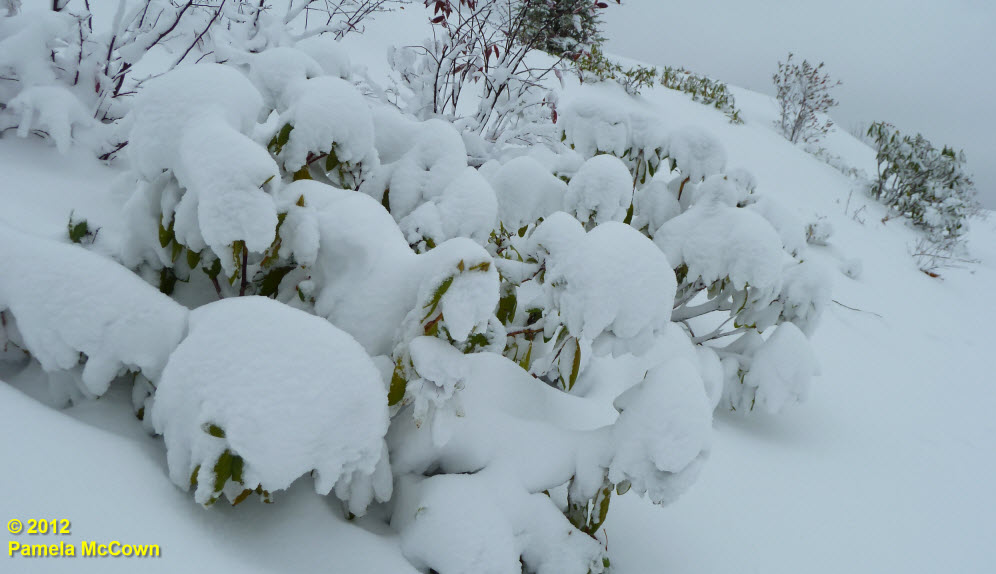
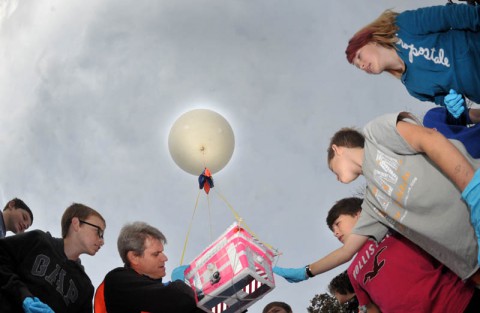
Students launch balloon into near-space – UPDATE: Payload found near Boone
Middle school students at Francine Delany New School have launched a video-camera-equipped weather balloon into what they hope will be near-space . Pictured is the final check before release on Oct. 27. (Photo by Bill Rhodes)
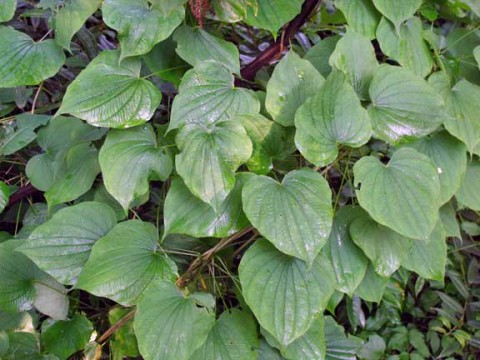
Wild Things: Indigenous wild yam
Medicinally, wild yam has a long and highly acclaimed history. The Mexican wild yam, a relative of our North Carolina variety, is the plant that led to the development of the birth control pill.
My, how things change: The weather
One of the most amazing things about living in Western North Carolina is the ability to watch the Earth system move through its annual climate cycles. That is especially true for those of us who have moved here from other regions, especially those that, perhaps, do not progress through these cycles in such grand fashion.
The images below highlight how fast the changes occur in our mountains. Frozen Knob is a mountain in Madison County that shows great color each fall. Color had just started to appear on the mountain on October 11th, but by this week, the greens are giving way to the yellows, oranges and rusts of fall.
>
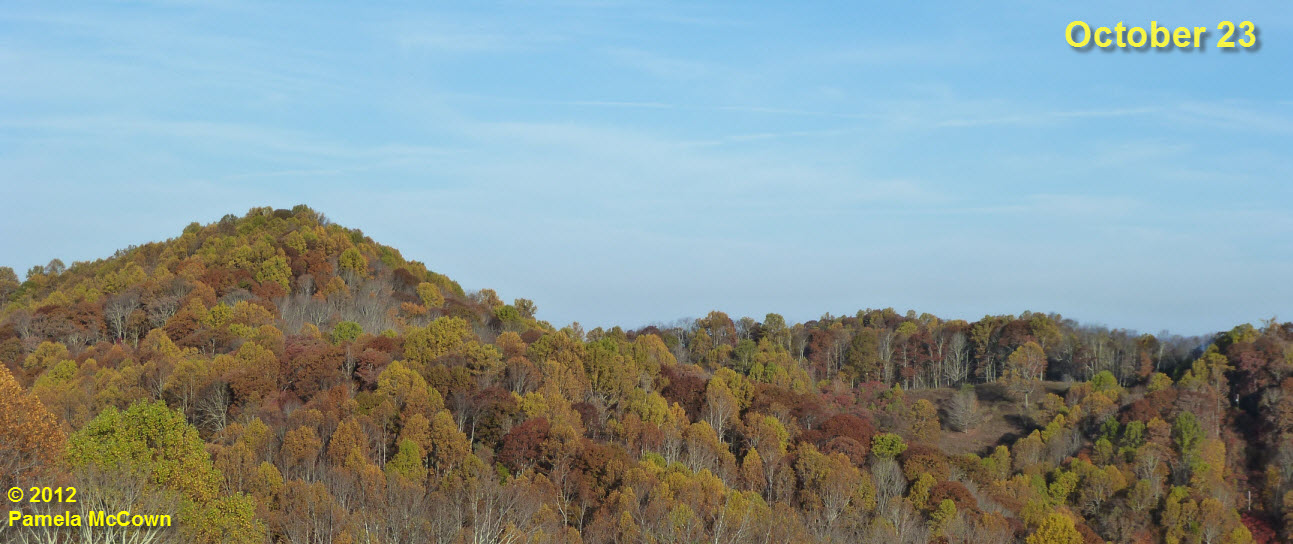
Nature’s fall color palette and a meteor shower this weekend
For those of us who consider ourselves to be “visual” people, fall can be simply overwhelming. Everywhere we look, there’s something else that takes our breath away.
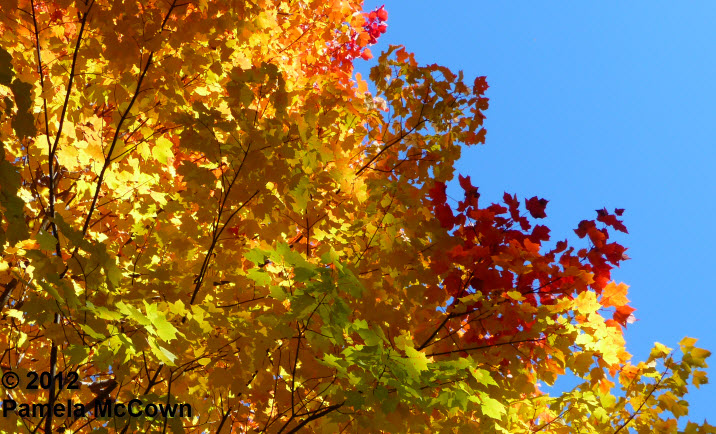

Buncombe commissioners to consider farmland preservation in Leicester
At its Oct. 16 meeting, the Buncombe County Board of Commissioners will consider paying $18,000 in transaction costs for a conservation easement on a 57-acre farm in Leicester.
Inversion and balloons (much better than inverted balloons)
Fall brings many changes to Western North Carolina, from the turning of the leaves to the turning up of the thermostat. These cooler nights mean that many of us are heating our homes with wood-burning stoves and fireplaces to ward off the chill. Most of the time, the wood smoke (along with other particulates that are in the air) mix through much of the lowest layer of our atmosphere, called the troposphere. But when the air is cool and the winds are calm, we can occasionally see those tiny particles concentrated in the early morning air under what meteorologists call a radiational temperature inversion. Such was the case this morning, as you can see in the image below from Madison County, looking to the southeast across the valley toward the Craggies (image center) and the Blue Ridge Parkway.
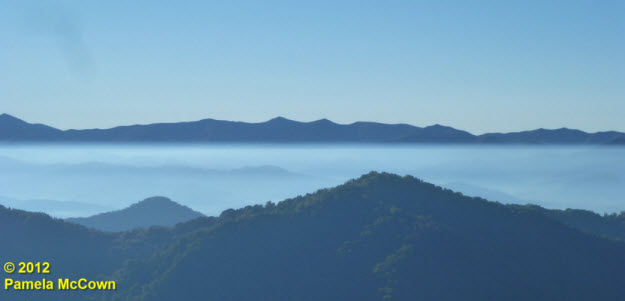
Early fall color at the higher elevations
It really is a magical time of the year, as our once deep-green mountainsides begin to show their fall color. The reduced daylight hours have triggered the deciduous trees’ preparation for the coming winter and, at times, it seems like the changes happen so quickly that you can see them occur overnight. I took this image Thursday morning — amazed at just how fast these trees seem to be changing.
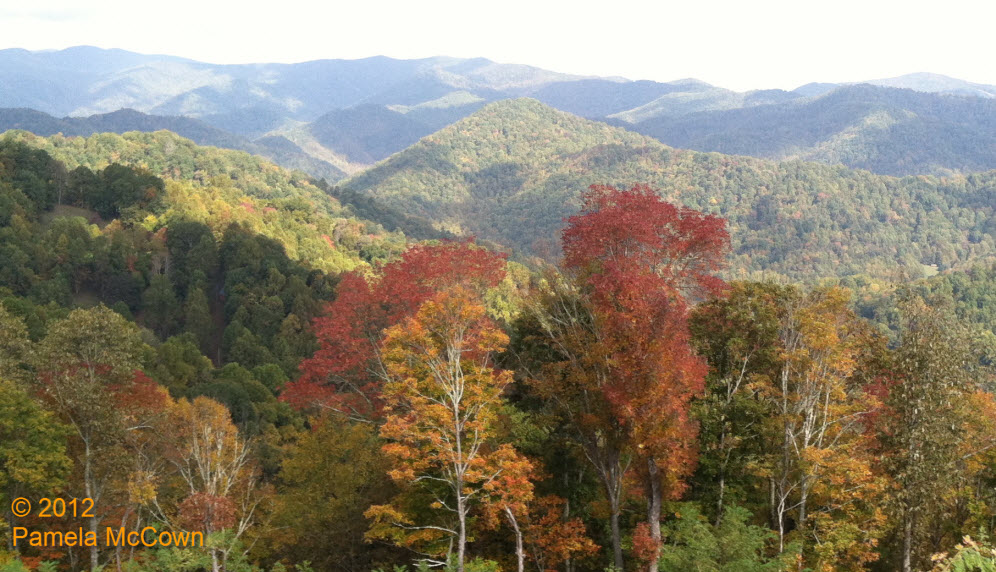
Fog: Does that mean WNC will have snowy winter days?
Fog has been a common morning feature across the valleys in Western North Carolina for much of the summer and early fall. And while fog causes concern for travel because it reduces visibility, could it also be possible that the fog may be warning us of the coming winter?
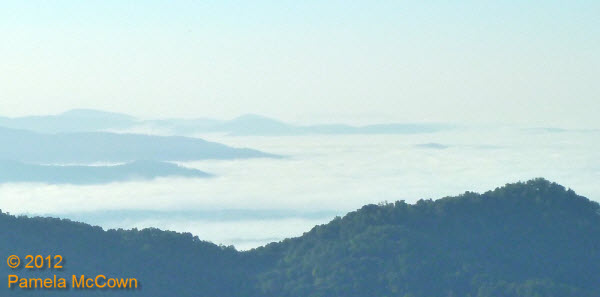
Are greenways really green?
Recent news has featured a debate over Asheville's ambitious greenway plan, consisting of extensive construction along area waterways. The debate has focused primarily on individual landowners' rights versus public domain. But this misses the point. The position of [city] Parks and Recreation [staff], and of the environmental consultants whom they use, seems to be largely […]
Council may approve city water for residents near CTS site
Tomorrow night, Asheville City Council will consider a deal with Buncombe County to provide municipal water to 129 households around the former CTS of Asheville site, where groundwater contamination remains an ongoing problem.
Lots of water
The beginning of this week started with significant rainfall over the region thanks to a large weather system that dumped a record amount of rainfall in Asheville on Tuesday, Sept. 18, and provided more rain in two days than we usually expect during the entire month of September! Our area’s rivers and streams are doing their job of transporting that water downstream — but the evidence of all that moisture was still hanging around early this morning in the form of low clouds. I shot the image below earlier today as the clouds were beginning to break at 4000 feet — revealing the early fall color that is starting to appear on ridgetops.
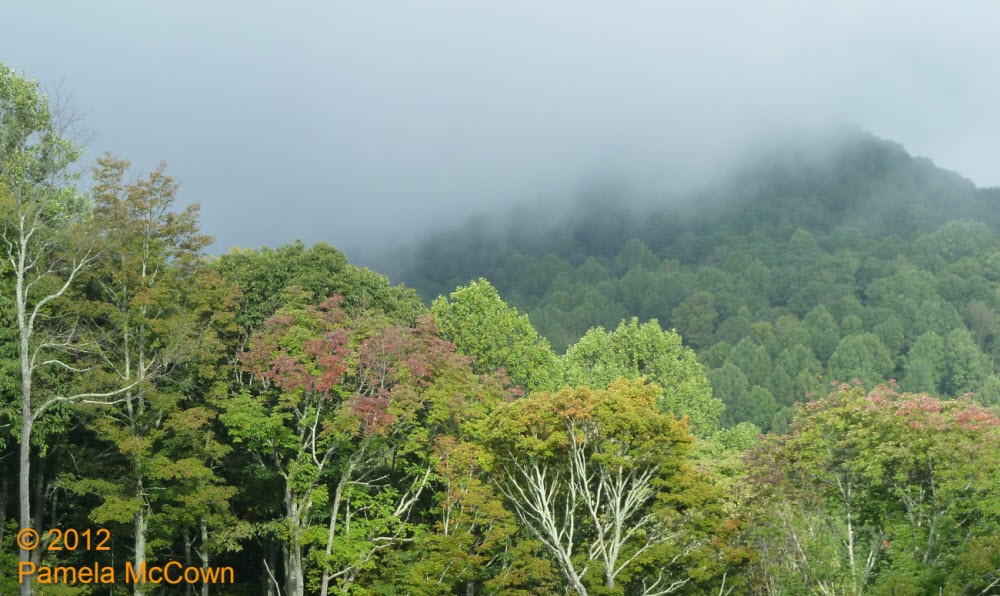
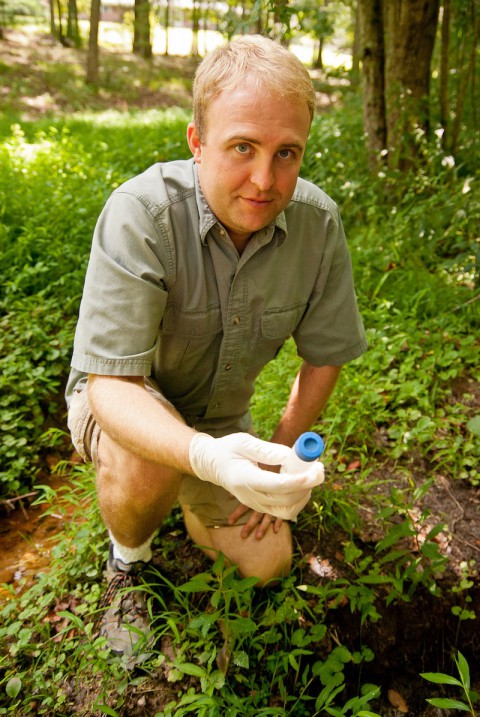
Off the chart: UNCA prof tracks CTS mother lode
Editor’s note: Five years after Xpress broke the news of severe contamination at the former CTS plant in south Asheville (see “Fail-Safe?” July 11, 2007, Xpress) the story is far from over. The property was officially designated a Superfund site this year, and tests last month showed high levels of toxic chemicals still leaching from […]
Greenways supporters toast to new partnership with New Belgium
New Belgium Brewing Co. executives will join with Buncombe County officials and other supporters Sept. 6 at the West Asheville Lounge and Kitchen (WALK) to celebrate the recent passing of the county’s greenways plan.

Commissioners approve greenways plan, float idea of bond referendum to fund it
The Buncombe County Board of Commissioners took a major step Sept. 4 toward building an extensive greenway system that would link towns, parks, schools and other key sites throughout the county.
LIVE: Updates from the Sept. 4 Buncombe County Commissioners meeting
This post contains live updates from the Sept. 4 meeting of the Buncombe County Board of Commissioners via Twitter.

Provocative alchemy: Harnessing art and the environment to inspire local teachers
What do you get when you cast a world-class artist, a devoted environmentalist, and a poet laureate together on one stage? Answer: a very fine alchemy, where art, science, and education merge, and — if the featured guests have their way — the results may provoke social transformation.




